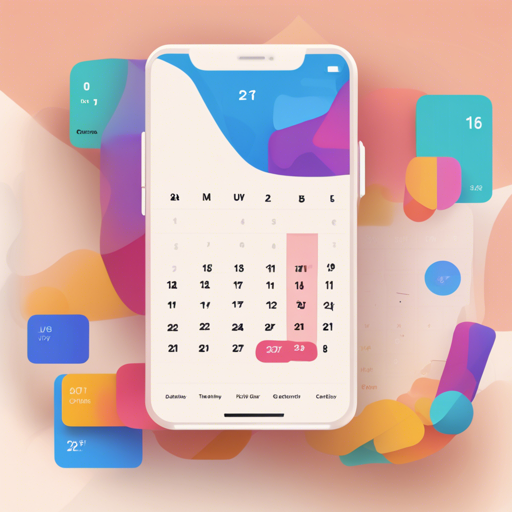In the world of software development, integrating a calendar widget can transform your application’s interface and enhance user engagement. This guide will walk you through creating a customizable animated calendar widget that includes day, week, and month views.
Understanding Your Calendar Widget
Think of your calendar widget as a friendly host to whom you can pass different guests—your events. Just like a good host caters their service to the preferences of each guest, the calendar widget adapts accordingly to the inputs and configurations you provide. You can customize the layout, animations, and data it displays, ensuring each user’s experience is unique.


Getting Started
Follow these steps to pave your way to an effective calendar widget:
- 0. General Information
- 1. Define Your Events
- 2. Create a DateController (optional)
- 3. Create a TimeController (optional)
- 4. Create Your Timetable
0. General Information
Your calendar widget doesn’t get caught up in time zone complexities. When supplying your DateTime objects, just ensure they have isUtc set to true. This allows for seamless display.
1. Define Your Events
Events are the lifeblood of your calendar widget. Utilize the BasicEvent subclass to kickstart your event creation process. You can even customize these events by extending the Event class.
2. Create a DateController (optional)
The DateController helps manage the current visible dates in your calendar. You can animate jumps to different days or set a specific visible range.
final myDateController = DateController(
initialDate: DateTimeTimetable.today(),
visibleRange: VisibleDateRange.week(startOfWeek: DateTime.monday),
);3. Create a TimeController (optional)
Like the DateController but for time management, this controller lets users zoom in and out on time intervals. Assign it an initial visible range along with minimum and maximum durations for greater flexibility.
final myTimeController = TimeController(
minDuration: Duration(minutes: 15),
maxDuration: Duration(hours: 23),
initialRange: TimeRange(Duration(hours: 9), Duration(hours: 17)),
);4. Create Your Timetable Widget
Once you have your DateController and TimeController, it’s time to set up your timetable using TimetableConfig. It helps in wiring everything together with the necessary child widget.
TimetableConfig(
dateController: myDateController,
timeController: myTimeController,
eventBuilder: (context, event) => BasicEventWidget(event),
child: MultiDateTimetable(),
); Theming Your Calendar
The calendar widget supports both light and dark themes out-of-the-box. You can define your own themes for a personalized look!
Troubleshooting Tips
In case you encounter issues while setting up your calendar widget, consider the following troubleshooting ideas:
- Ensure that you have provided DateTime in UTC format.
- Check that all controllers are correctly disposed of in the widget tree.
- If events are not displaying as expected, verify that your event builder functions correctly.
For more insights, updates, or to collaborate on AI development projects, stay connected with fxis.ai.
Conclusion
At fxis.ai, we believe that such advancements are crucial for the future of AI, as they enable more comprehensive and effective solutions. Our team is continually exploring new methodologies to push the envelope in artificial intelligence, ensuring that our clients benefit from the latest technological innovations.

